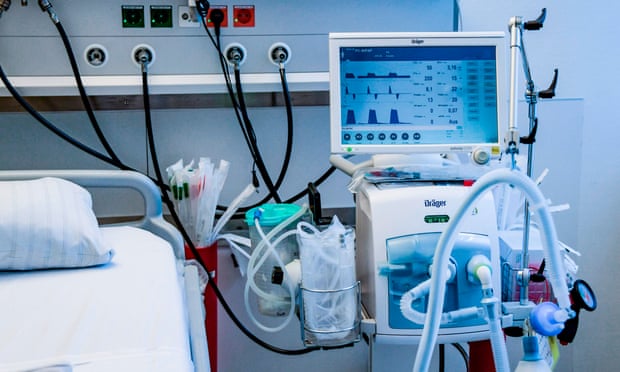Ventilator
A ventilator is a medical device used to assist or replace the natural breathing function of a person who is unable to breathe adequately on their own. It is commonly used in hospitals, particularly in intensive care units (ICUs), to support patients with respiratory failure or other conditions that impair their ability to breathe.
Ventilators work by delivering oxygen to the lungs and removing carbon dioxide from the body. They consist of several components, including a control system, a breathing circuit, and various sensors and monitors. The control system regulates the delivery of oxygen and the timing and volume of breaths, while the breathing circuit connects the patient to the ventilator and delivers the gases to and from the patient's lungs.
There are different types of ventilators available, ranging from basic models to more advanced systems with sophisticated features. Some common modes of ventilation include:
- Assist-Control (AC): The ventilator delivers a set number of breaths per minute, and each breath can be initiated by the patient or delivered by the machine.
- Pressure Support (PS): The patient initiates each breath, and the ventilator delivers a preset pressure to assist the patient's breathing effort.
- Continuous Positive Airway Pressure (CPAP): The ventilator provides a continuous flow of air or oxygen at a constant pressure to keep the airways open.
Ventilators require trained medical professionals to monitor and adjust their settings to ensure the patient's respiratory needs are met. They are crucial in managing conditions such as acute respiratory distress syndrome (ARDS), pneumonia, or during surgeries when general anesthesia is administered.
It's important to note that the information provided here is based on general knowledge up to September 2021. The field of medical technology is constantly evolving, and there may be newer developments in ventilator technology beyond that date.



0 Comments